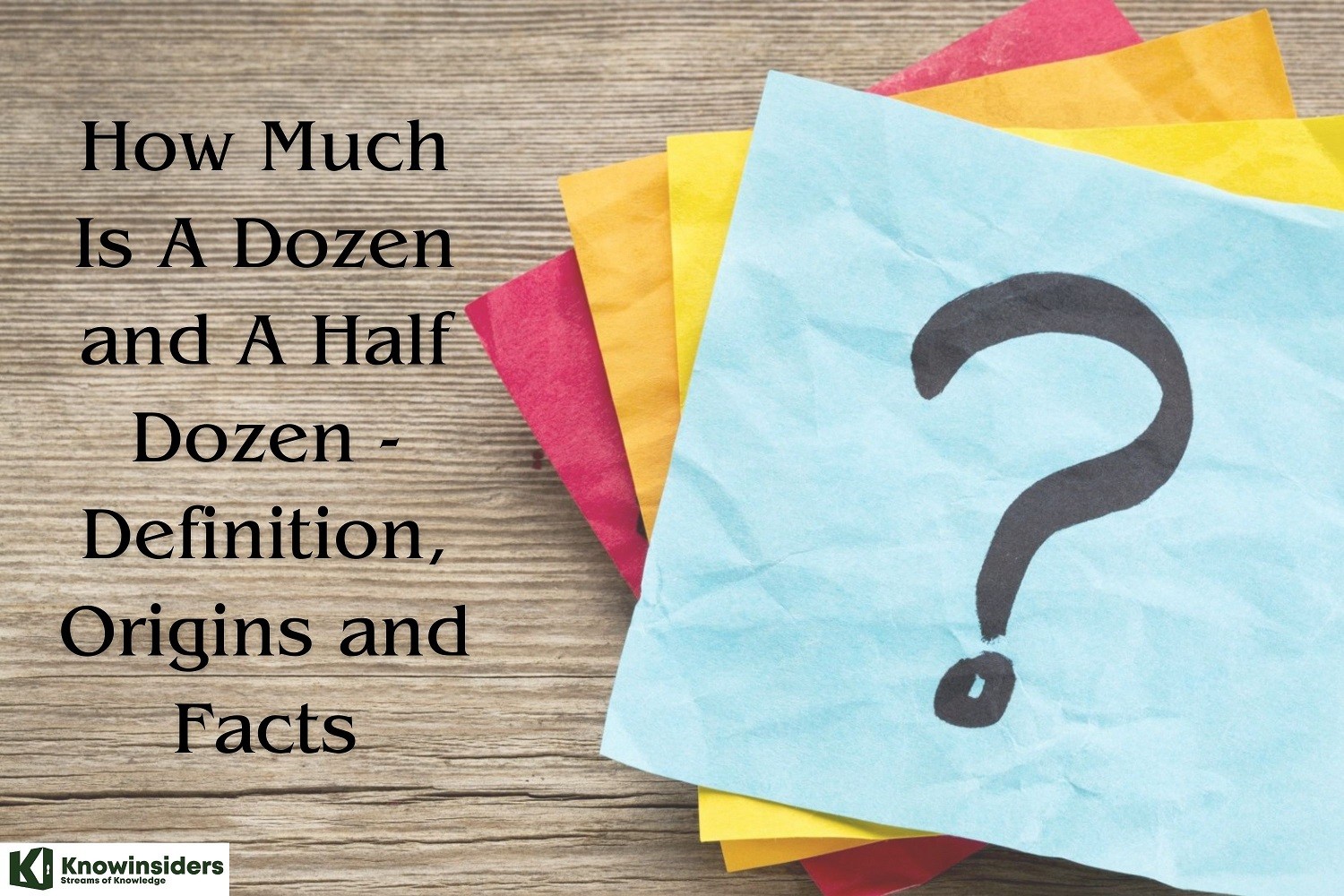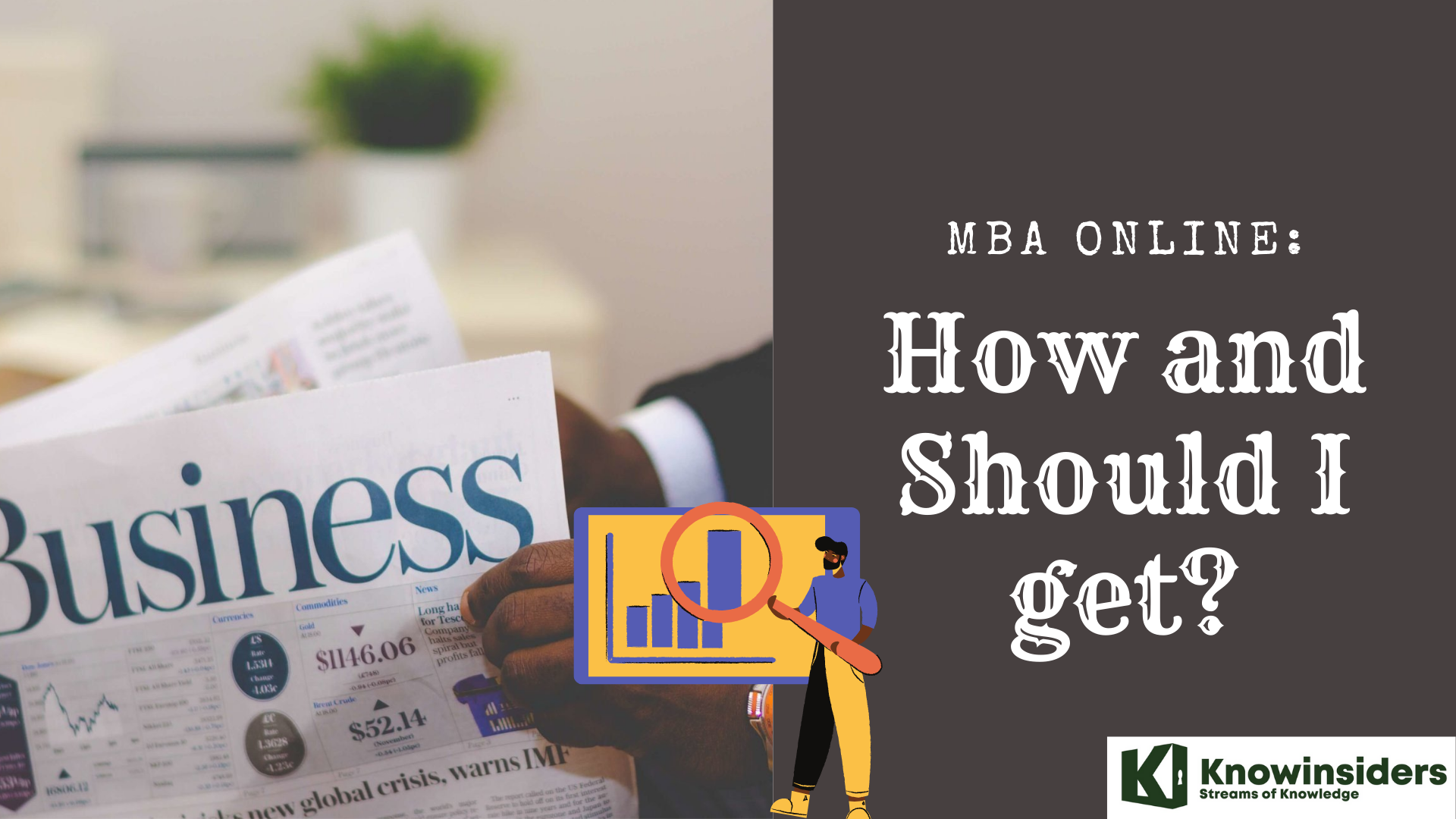How To Get A Reverse Mortgage and How Much Can I Borrow?
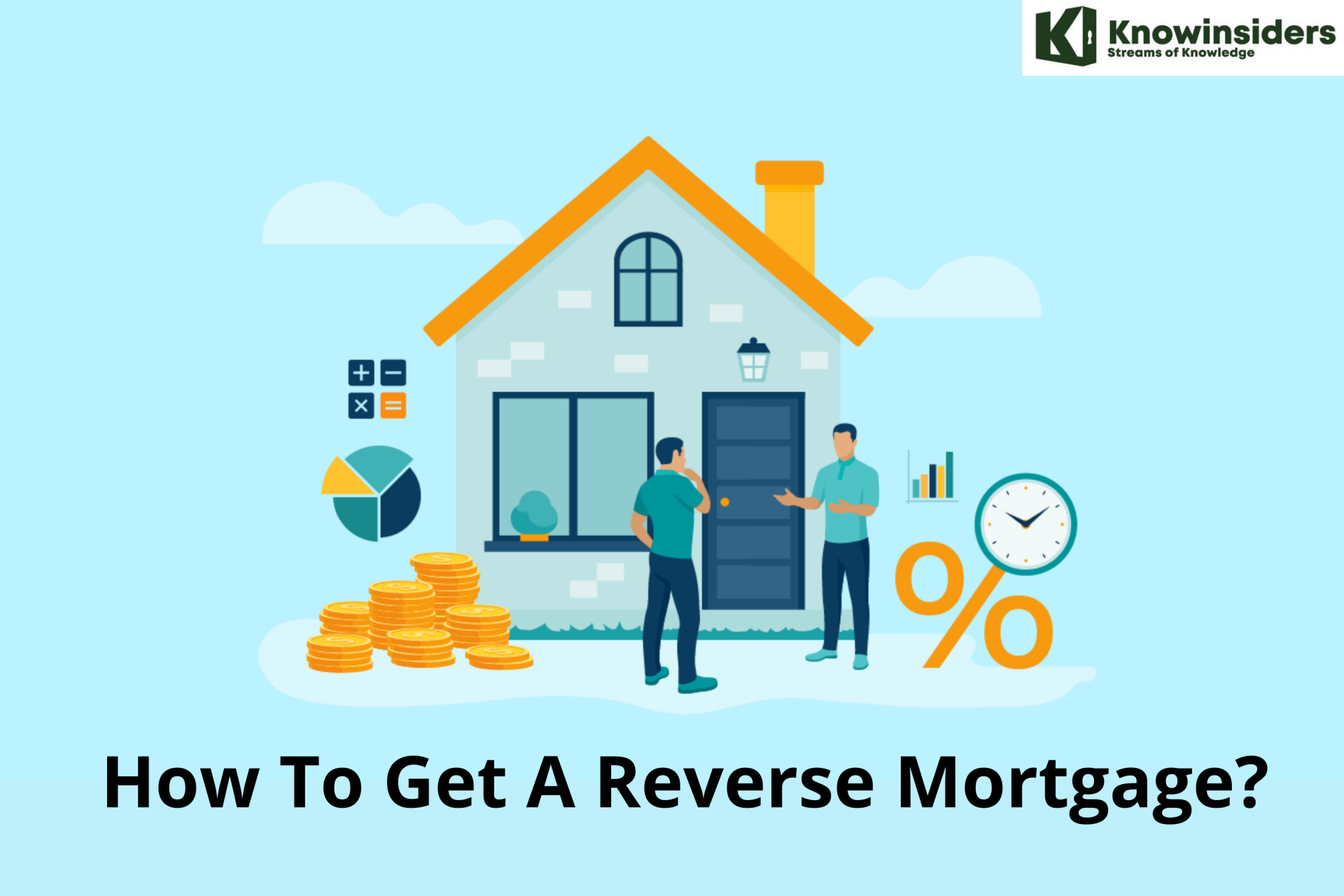 |
| How To Get A Reverse Mortgage? |
A reverse mortgage is a loan available to homeowners, 62 years or older (although some private-label reverse mortgages go down to age 55) that allows them to convert part of the equity in their homes into cash.
The product was conceived as a means to help retirees with limited income use the accumulated wealth in their homes to cover basic monthly living expenses and pay for health care. There is no restriction on how reverse mortgage proceeds can be used. In fact, an increasing number of homeowners are using reverse mortgages as part of a comprehensive retirement plan to enhance their financial security.
The loan is called a reverse mortgage because instead of making monthly payments to a lender, as with a traditional mortgage, the lender makes payments to the borrower.
The borrower is not required to pay back the loan until the home is sold or otherwise vacated. As long as the borrower lives in the home, he or she is not required to make any monthly payments towards the loan balance. The borrower must remain current on property taxes, homeowners insurance, and homeowners association dues (if applicable).
If you want to know how to get a mortgage, below is the information you should need before you start can help you stay organized and feel more in control.
How to get a mortgage: Step-by-step guide
1. Strengthen your credit
Your credit score is meant to tell lenders just how much you can be trusted to repay, and how likely you are to make your mortgage payments on time. In general, the lower your credit score, the more you’ll pay in interest.
To improve your credit before applying for your mortgage, we recommend these tips:
- Make all payments on time and reduce your credit card balances.
- Bring any past-due accounts current, if possible.
- Review your credit reports for free at AnnualCreditReport.com, as well as your credit score (often available free from your credit card or bank) at least three to six months before applying for a mortgage. When you receive your credit score, you’ll get a list of the top factors impacting your score, which can tell you what changes to make to get your credit in shape.
Taking these steps can boost your score, which will help you snag a lower interest rate on your loan. Be sure to check for errors on your credit reports, as well. Contact the reporting bureau immediately if you spot any.
2. Know what you can afford
It’s fun to fantasize about a dream home with every imaginable bell and whistle, but you should really only purchase what you can reasonably afford.
You can determine what you can afford by using Bankrate’s calculator, which factors in your income, monthly obligations, estimated down payment, the details of your mortgage like the interest rate, and homeowners insurance and property taxes.
3. Build your savings
To be able to afford your monthly housing costs, which will include payments toward the mortgage principal, interest, insurance, and taxes as well as upkeep, you should prepare to put away a large sum.
Your first savings goal, however, should be your down payment.
One general rule of thumb is to have the equivalent of roughly six months of mortgage payments in a savings account, even after you fork over the down payment.
Don’t forget that closing costs, which are the fees you’ll pay to finalize the mortgage, typically run between 2 percent to 5 percent of the loan’s principal value. You’ll also generally need around 3 percent of the home’s price for maintenance and repair costs annually.
Overall, aim to save as much as possible until you reach your desired down payment and reserve savings objectives.
4. Choose the right mortgage
Once you have your credit and savings in place and a good idea of what you can afford, it’s time to start searching for a lender, comparing interest rates and terms, and finding the right kind of mortgage for your situation.
The main types of mortgages include:
- Conventional loans – These are best for homebuyers with solid credit and a decent down payment saved up. They’re available at most banks and through many independent mortgage lenders.
- Government-insured loans (FHA, USDA, or VA) – These can be great options for qualified borrowers who may otherwise struggle to buy a home. Government-insured loans are widely available through many institutions but are targeted at borrowers with less-than-stellar credit. USDA loans have some geographical restrictions, and VA loans can only go to members of the military, veterans, or their spouses.
- Jumbo loans – These are for the big spenders out there. Conventional loans have a maximum allowable value, and if you need to finance more than that ($548,250 in most parts of the country or $822,375 in more expensive areas), you’ll need to get a jumbo loan.
A first-time homebuyer, for instance, might consider an FHA loan, which requires a minimum credit score of 500 with a 10 percent down payment or a minimum score of 580 with as little as 3.5 percent down.
Mortgages can be either fixed- or adjustable-rate, meaning the interest rate is either fixed for the duration of the loan term or changes at predetermined intervals. They commonly come in 15- or 30-year terms, although there may be 10-year, 20-year, 25-year, or even 40-year mortgages available.
5. Find a mortgage lender
 |
| Photo: KnowInsiders |
Once you have your financial ducks in a row, it’s time to find a mortgage lender. It’s important to shop around for multiple offers to make sure you’re getting the best possible deal, not just the lowest interest rate. When you’re looking around, make sure you pay attention to all the fees and other conditions of every offer.
To find the right lender, “speak with friends, family members, and your agent and ask for referrals,” advises Guy Silas, branch manager for the Rockville, Maryland office of Embrace Home Loans. “Also, look on rating sites, perform internet research and invest the time to truly read consumer reviews on lenders.
For many borrowers, applying for a mortgage is overwhelming. If you’re not sure exactly what to look for, you may want to work with a mortgage broker. A broker can help you navigate all the different loan options available to you and might be able to secure you more favorable loan terms than you’d be able to get by applying on your own.
6. Get preapproved for a loan
Once you find lenders you’re interested in, it’s a good idea to get preapproved for a mortgage. With a preapproval, a lender has determined that you’re creditworthy based on your financial picture and has issued a preapproval letter indicating it’s willing to lend you a particular amount for a mortgage.
Keep in mind: Preapproval is different from prequalification. Mortgage preapproval involves much more documentation and will get you a more serious loan offer. Prequalification is less formal and is essentially a way for banks to tell you that you’d be a good applicant, but it doesn’t guarantee any particular loan terms.
7. Begin house hunting
With preapproval in hand, you can begin seriously searching for a property that meets your needs. Take the time to search for and choose a home that you can envision yourself living in.
When you find a home that has the perfect blend of affordability and livability, be ready to pounce quickly. In a competitive market where available homes go fast and bidding wars are common, you’ll need to be aggressive.
8. Submit your loan application
If you’ve found a home you’re interested in purchasing, you’re ready to complete a mortgage application. These days, most applications can be done online, but it can sometimes be more efficient to apply with a loan officer in person or over the phone.
The lender will require you to submit several documents and information, including:
- Recent tax returns, pay stubs, and other proof of income (e.g., bonuses and commissions, overtime, Social Security)
- Employment history from the past two years
- Financial statements from your bank and other assets, such as retirement accounts or CDs
The lender will also pull your credit report to verify your creditworthiness.
9. Wait out the underwriting process
Even though you may be preapproved for a loan, that doesn’t mean you’ll ultimately get financing from the lender. The final decision will come from the lender’s underwriting department, which evaluates the risk of each prospective borrower, and determines the loan amount, how much the loan will cost, and more.
There are a few steps involved in the underwriting process:
- First, a loan processor will confirm the information you provided during the application process.
- After you make an offer on a home, the lender will conduct an appraisal of the property to determine whether the amount in your offer is appropriate. The appraised value depends on many factors, including the home’s condition and comparable properties, or “comps,” in the neighborhood.
- A title company will conduct a title search to ensure the property can be transferred, and a title insurer will issue an insurance policy that guarantees the accuracy of this research.
- Finally, you’ll get a decision from the underwriter: approved, approved with conditions, suspended (meaning more documentation is needed), or denied.
10. Close on your new home
Once you’ve been officially approved for a mortgage, you’re nearing the finish line. All that’s needed at that point is to complete the closing, which is when you’ll pay closing costs and receive the mortgage funds (and new house keys).
The closing costs you’re responsible for can include:
- Appraisal fee
- Credit check fee
- Origination and/or underwriting fee
- Title services fee
 What Is A Reverse Mortgage And How Does A Reverse Mortgage Work? What Is A Reverse Mortgage And How Does A Reverse Mortgage Work? What are a reverse mortgage and the pros and cons of it? Scroll down to understand deeper about reverse mortgage! |
How can I increase my chances of getting a mortgage?There are a few basic steps you can take to boost your chances of approval for a home loan. One is to reduce your debt-to-income ratio by paying down structured debts, like car loans, and limiting your credit card usage. Another is to save up a larger down payment. Putting down more cash upfront makes you less of a risk in lenders' eyes. Working to build up your credit score can help, too, both with qualifying for a home loan and getting a better rate. |
What are the eligibility requirements for a reverse mortgage?
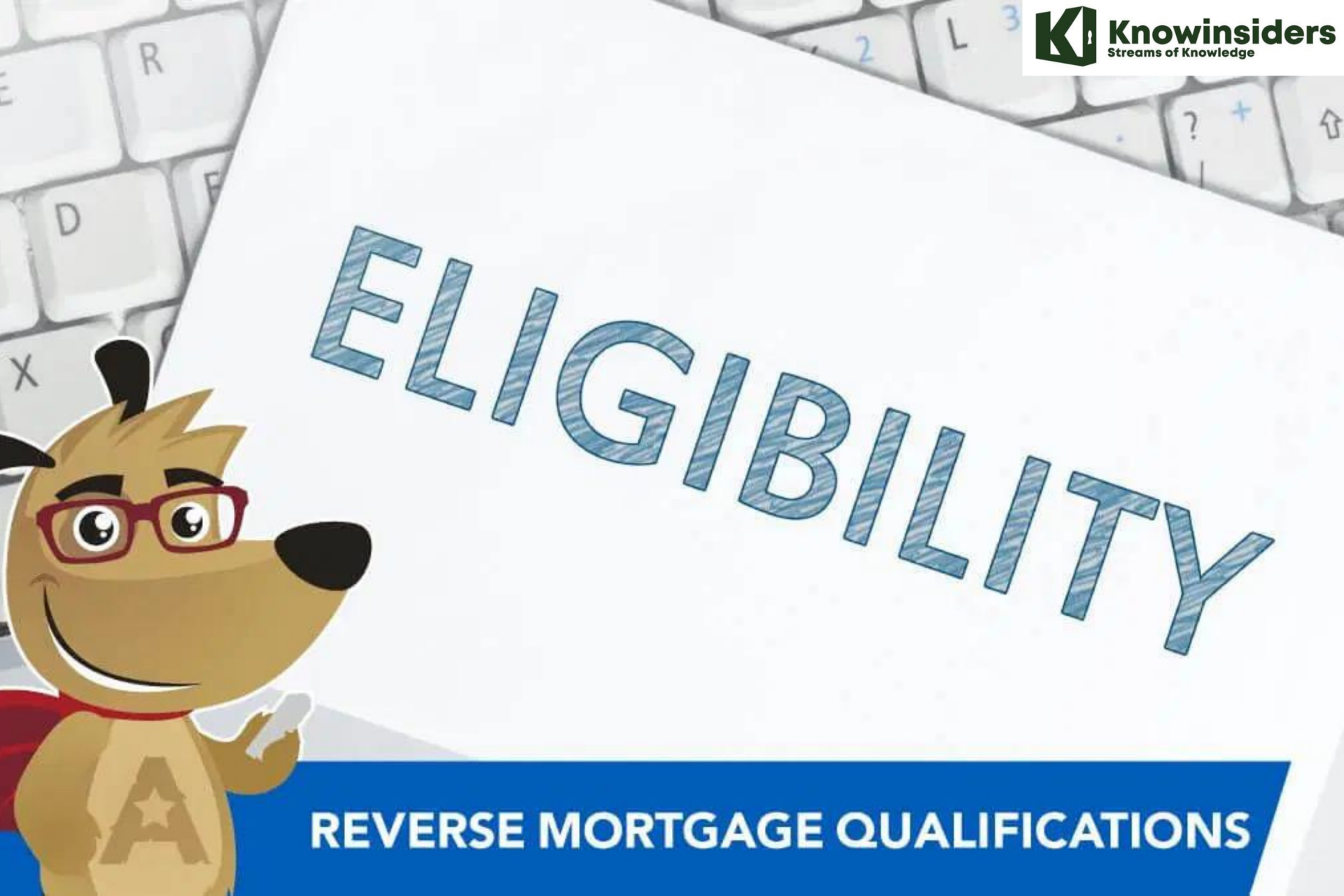 |
| Photo: KnowInsiders |
There are a variety of requirements and eligibility guidelines to meet in order to qualify for a HECM reverse mortgage.
First and foremost, the homeowner must be 62 or older. Additional requirements include:
- The home you’re seeking a reverse mortgage on must be your primary residence. That means it must be the address where you spend the majority of the calendar year.
- You must either own the home outright or have a very low balance on the home when applying for a HECM reverse mortgage. Those who still have a mortgage balance must be in a position to pay off that balance when closing on the reverse mortgage.
- You cannot be delinquent on any federal debt. This would include income taxes or federal student loans. However, it’s important to note that you may use funds from a reverse mortgage to pay off such debts.
- You must be willing to set aside some of the reverse mortgage funds at closing (or have enough of your own money) to pay for things such as property taxes and insurance, as well as home maintenance and repair costs.
To get approved for a reverse mortgage, your house must also be in good shape, and you must participate in counseling that’s provided by a HUD-approved reverse mortgage counseling agency. During the counseling session, an agent will review your eligibility for a reverse mortgage and also discuss the financial ramifications.
For instance, those who take out a reverse mortgage loan when they’re too young risk running out of money later in life, during a time when it’s likely income will be lower and healthcare bills may be steeper.
How much is a reverse mortgage?
A reverse mortgage is not free money — interest and fees will be added to your mortgage balance each month. That means the amount you owe on your mortgage will go up when signing on for this type of loan.
In addition, the borrower is still required to pay property taxes and homeowners insurance.
“The major benefit of a reverse mortgage is the cash flow benefit of eliminating the monthly mortgage payment, as well as accessing the equity in the form of a line of credit or lump sum payment,” says David Reyes, a financial advisor with Reyes Financial Architecture. Many financial experts suggest treating reverse mortgages as a last resort since it often doesn’t make financial sense to sacrifice home equity for income.
“Overall, a reverse mortgage should be considered as part of a retirement plan for seniors,” says Reyes. “In some cases, the senior may only eliminate their monthly mortgage payments. In other cases, depending on their equity, they may eliminate their monthly mortgage payment and get access (to a) considerable amount of cash. In other situations, with a home that’s free and clear, the homeowner or senior can have access to a large line of credit that can be tapped into when the need arises.”
What is repayment of a reverse mortgage?
The borrower is not required to pay back a reverse mortgage loan until the home is sold, vacated or the last surviving borrower dies.
However, if the home at some point is no longer your primary residence, you will be required to pay back the loan.
In addition, you may also be required to pay back the loan sooner if:
You fail to pay the property taxes or homeowners insurance
You don’t keep the home in good condition
What are proprietary reverse mortgages?
While HECM reverse mortgages account for more than 90 percent of all reverse mortgages made in the U.S., there’s a growing market for what’s known as a proprietary reverse mortgage, which is privately insured by the mortgage companies that offer them, says Hicks.
“Proprietary reverse mortgages generally have higher loan limits (typically up to $4 million) and greater flexibility with property types,” Hicks explains.
Proprietary reverse mortgages also come with many of the same consumer protections associated with the HECM program, such as mandatory counseling.
How to make a mortgage more affordable?There are a handful of ways to reduce the price tag associated with a mortgage. The first is tax breaks, where the interest you pay on your mortgage is tax-deductible. You’ll need to itemize your deductions to take advantage of this tax break. You can also reduce your mortgage costs by putting 20% or more down. The more you put down, the less you have to borrow, which can reduce your monthly mortgage payment. Improving your credit score can also help if it allows you to qualify for a lower mortgage interest rate. Lenders will scrutinize your credit score and history, which may be problematic for twentysomethings who have little to no borrowing history. This is where having student loan debt actually helps you—if you’re making your payments on time, then you’ll likely have a good enough credit score for banks to feel comfortable lending to you. Generally, the better your credit score is, the lower your interest rates will be. |
 What Are The Differences Between B2B and B2C? What Are The Differences Between B2B and B2C? With the striking development of eCommerce, many companies have been modifying to adopt both B2B and B2C. So what are the differences between them? |
 What Is A Reverse Mortgage And How Does A Reverse Mortgage Work? What Is A Reverse Mortgage And How Does A Reverse Mortgage Work? What are a reverse mortgage and the pros and cons of it? Scroll down to understand deeper about reverse mortgage! |
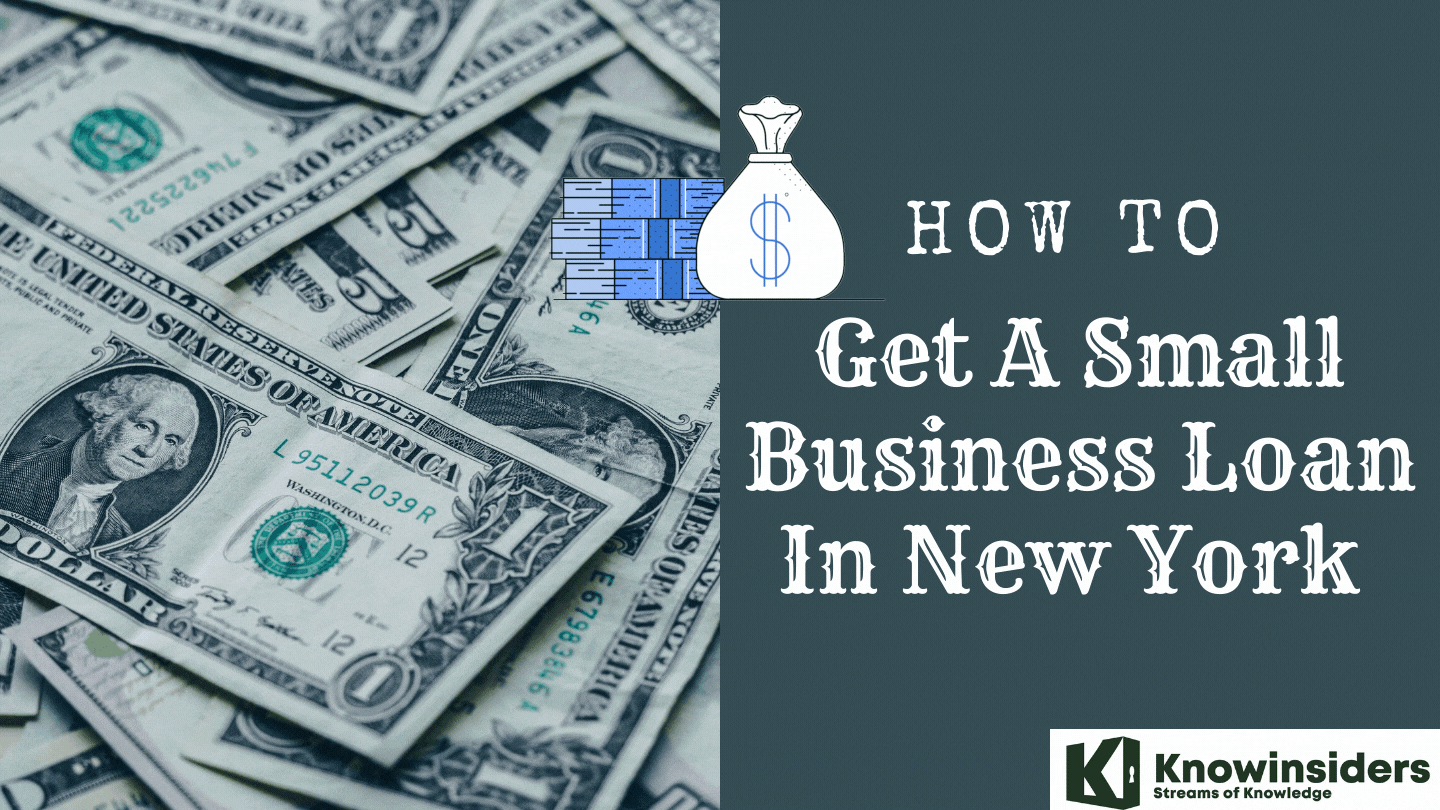 How To Get A Small Business Loan in New York How To Get A Small Business Loan in New York If you are wanting to open a business in the New York, this guide will help you solve your problems with small business loans and ... |


